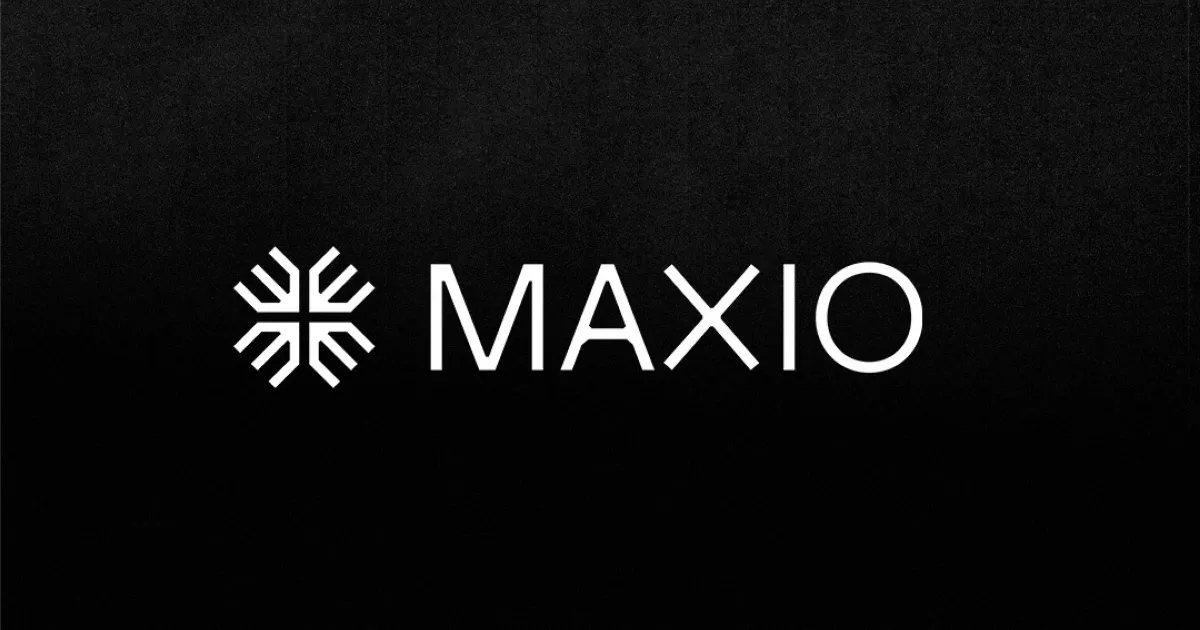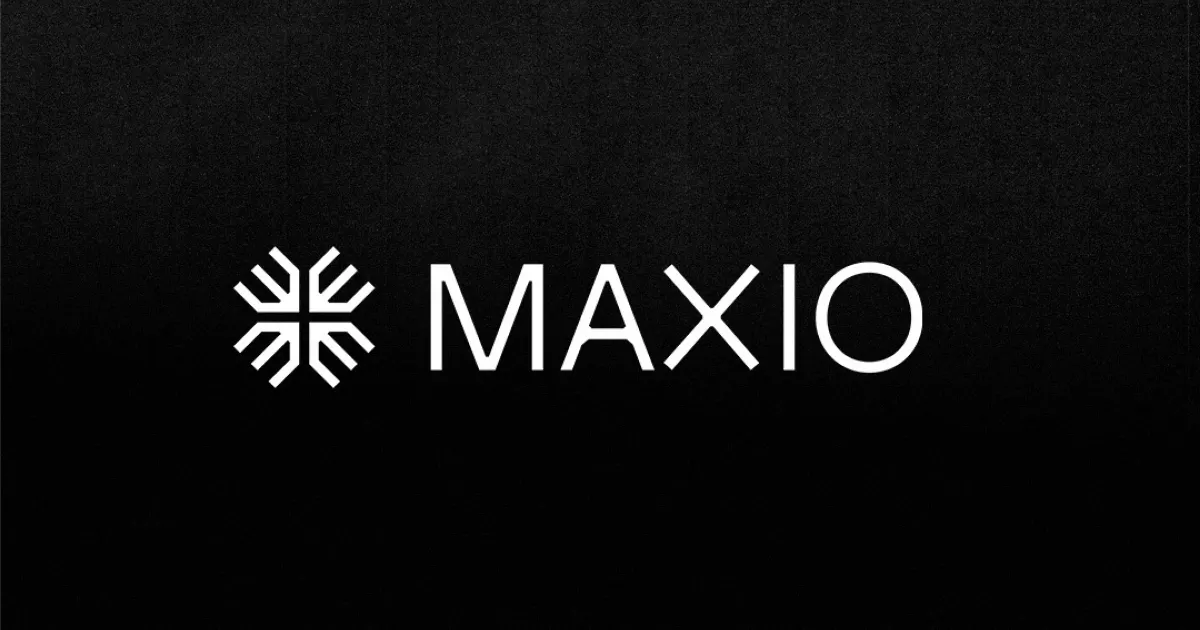What makes finance teams throw up their hands and say, “I just need a tool that can do X!”
The truth is, it could be any number of things. Juggling financial statements, cash flow reports, internal audits, and controls, finance teams are responsible for planning the financial roadmap of an organization and keeping everything in balance. That’s no small feat.
So, where do point solutions fit into all this?
Most finance teams are familiar with enterprise and integrated solutions (think Netsuite, Sage Intacct.). They offer a broad view of a SaaS company’s financial operations. However, integrated solutions can be rigid and aren’t always the perfect fit for growing businesses—kind of like trying to wear a shoe that’s one size too big.
On the other hand, point solutions (QuickBooks, Xero, etc.) have narrow and specific use cases, so they’re often adopted by teams prioritizing flexibility and scalability.
But the big question is: are point solutions the right choice for your organization? Here’s a quick look at the pros and cons of using point solutions for billing and FinOps.
When to consider a point solution
Here are a few reasons SaaS billing and financial teams should consider implementing a point solution into their tech stack over an integrated one.
You want faster implementation and time to deploy
Some integrated and enterprise finance solutions have implementation times ranging from six to nine months. Agile finance teams don’t have time to wait around as a brand new system gets deployed.
Point solutions, however, can be deployed in as little as a couple of weeks. This speedy implementation, onboarding, and deployment process is a considerable advantage for finance teams trying to keep pace with their organization’s rapid growth.
You need to solve for a specific use case
There are certain risks involved with implementing integrated SaaS billing and FinOps software. For example, it can be challenging to find a holistic solution that will do everything you want it to do—especially for finance teams who need a niche solution for their vertical or industry.
Point solutions are designed to address a specific business problem and solve it. While large, integrated solutions can affect how organizations approach their financial operations entirely, a point solution usually offers a simpler, plug-n’-play approach that fits into an existing structure or workflow.
The narrow use case also makes it easier to pitch a point solution to executive teams. Because point solutions don’t change the ways teams already collaborate across departments, fewer stakeholders are needed for the approval process. Then, once the software starts proving its ROI, finance teams can reintroduce the idea of a more comprehensive, integrated solution to their executive team (if one is needed).
In short, point solutions can act as a liaison for a larger, integrated solution down the road.
You’re struggling to organize your financial records
Point solutions are the business equivalent of “we’ve got a guy for that.”
Keeping your quote-to-revenue tools separate is like having individual cubbies for key business functions and financial data. Data silos sometimes make it easier to locate quotes, invoices, financial statements, and more for growing finance teams still developing a consistent workflow. But as a company grows, it ultimately needs a central data location.
Most point solutions try to eliminate data silos by taking advantage of APIs to connect with separate tools and systems. The only downside is that you’ll most likely need to hire someone who can develop or manage the integrations you need (and API management isn’t exactly cheap). Moreover, this is a very technical role that can be expensive to hire for.
To cut down on developer work, look for a point solution that has built partnerships with your preferred applications. If you decide to use a point solution with partnerships, ensure that your business model is compatible with the integrations you need.
You’re still determining the right pricing model
Strategic pricing for products and services isn’t decided on a whim. Anyone who’s been involved in creating a pricing strategy understands the critical impact it can have on a business’s financial future.
The good news is pricing isn’t set in stone. Unlike enterprise and integrated tools, point solutions give product teams the flexibility to adjust their pricing models according to the ebbs and flows of market demand.
The problems with point solutions
The strength of point solutions is also their greatest weakness: they only perform one function.
Over time, a cobbled-together infrastructure made up of Excel spreadsheets and a few critical point solutions will start to fall apart as both revenue and pressure from investors increases. Using multiple systems to handle financial operations leaves teams juggling multiple platforms, permissions, and large data sets.
This is where the real problems start to arise.
“While using Excel spreadsheets and individual software can be a great starting point, it is not easily scalable. As you grow, you will want to consider using some form of integrated accounting system to ensure all reporting is accurate and efficient.”
— Riley Adams, CPA, Sr. Financial Analyst at Google
They create a disruptive workflow
Trying to manage your entire quote-to-revenue process manually is a great way to give yourself a headache—and we’ve got the spreadsheets to prove it.
As point solutions add up, they create a multi-system environment that adds a level of complexity to your daily operations. As a result, it affects how your finance team spends their time, how internal functions like payroll are managed, and how your IT department addresses help requests between disparate systems.
A multi-system environment makes it difficult for finance teams to create an efficient and standardized workflow. As a result, they end up spending more time migrating data, managing financial records, and nursing spreadsheets than actually analyzing the data for actionable business outcomes.
They’re not built to scale
Most point solutions are not designed to work together. If your goal is rapid growth, sticking with separate point solutions to manage billing and FinOps is like holding your organization together with a roll of duct tape.
As your department grows, new hires need to be trained on multiple systems. No amount of technical documentation or knowledge base planning can make this any easier. In a worst-case scenario, if you experience a change in finance leadership, new hires will inherit an overgrown tech stack that’s nearly impossible to navigate, leaving the financial status of your organization up in the air.
Individually managing financial reports
Using separate point solutions means finance teams will have to migrate data manually between systems. This can result in several inefficiencies when performing accounting tasks.
For one, if your organization has multiple accounts or products, you’ll have to individually manage financial reports, creating data silos. Then, when it’s time to compile your organization’s financial statements, you’ll have to consolidate everything manually. This takes up a lot of time and is highly prone to human error. Finally, if you ever need to change the data on a single statement, you’ll have to ensure that the change is reflected on every single spreadsheet.
Using Excel and a patchwork of point solutions for all your FP&A is like trying to use a butter knife to cut down a tree. It’s not the right set of tools.
They make running performance analytics difficult
Another issue with individual software is that you won’t be able to run performance analytics efficiently. For example, if you’ve created data silos, analyzing your finances via groupings won’t be possible. Instead, you would have to manually consolidate all of your reports before analyzing them for performance and strategy.
Forecasting business trends and company growth turns into a guessing game without a clear visual representation of your organization’s most important metrics.
The big hurdle: How to un-silo your point solutions
We’ve officially hit a crossroad. Now is the time to weigh the pros and cons and decide whether or not you want to continue using point solutions.
But what if you could avoid the cons entirely?
Here’s the thing: point solutions are undoubtedly the best choice for high-growth companies. They give teams the freedom and flexibility to build their workflow however they see fit (often at a fraction of the price of an enterprise tool), however, their use case is pretty limited on their own.
If you want to continue using the software your teams depend on, here’s how you can un-silo each of your favorite point solutions and build a seamless quote-to-revenue workflow.
CRM
While lots of time and money goes into researching, choosing, and implementing a CRM, billing and finance teams often end up with more work once they get their hands on it.
Finance teams enter their CRM to manually transfer customer, account, and order information for invoice generation. As a company scales and more customers are brought in, the time it takes to manually transfer product orders and customer information becomes unmanageable. These manual data transfers can create inconsistencies between sales orders and financial records, resulting in a failed audit or potential loss of interest from investors.
This might lead you to believe that a fully integrated system is the obvious choice. Unfortunately, no integrated system can compete with industry-leading standalone CRMs like Salesforce or Hubspot.
The best way to keep using your preferred CRM without creating data silos is to look for top-of-the-line CRM integrations when adopting your billing solution. Doing so allows your financial teams to easily collaborate with other departments like sales, customer success, and product—without having to jump straight to an oversized enterprise solution.
Invoicing and billing
Invoicing and billing software explicitly built for SaaS allows organizations to offer complex and custom pricing models for their products and services. It’s a huge asset for product and sales teams who understand the competitive advantage of aligning their pricing strategy with how customers use their products.
Unfortunately, strategic pricing isn’t as straightforward as a “choose-your-own-adventure” novel. Finance teams need to be taken into account as well.
The issue with standalone billing software is that finance teams have strict rules around tracking and recognizing revenue if they want to stay GAAP/IFRS compliant. Without a complementary tool or integrated system to automate the revenue recognition process, they’re forced to toil away in a spreadsheet to keep the books balanced. This bottleneck creates unnecessary friction between product and finance departments trying to strike a balance between competitive pricing and their financial due diligence.
The best way to balance competitive and flexible pricing is through connecting your subscription billing software with a revenue recognition tool specifically designed to handle SaaS pricing models. By automating this and other essential finance functions, you keep the books tidy while ultimately creating less work for your FinOps team on the back-end.
Payments
A standalone payments solution forces finance teams to go on a scavenger hunt to collect billing and invoicing information.
This creates the risk of late invoices or just failing to follow up on unpaid invoices altogether. When organizations can’t receive payment or recognize revenue, the negative impact goes far beyond the furrowed brows of potential investors and auditors. It can also cause organizations to fall behind on cash schedules, which puts financial pressure on payroll and the company as a whole.
Whether or not you decide to continue using a standalone payments solution is ultimately up to you. Choosing either an end-to-end enterprise tool with payments functionality or a point solution with integrations are viable options for making payments easier.
General ledger
Your general ledger is the ultimate source of truth for your organization’s accounting data. It’s an incredibly useful tool, but all that data is no good on its own. Finance teams need to be able to transfer that information to their billing and invoicing software quickly. As a result, most of their accounting data ends up sitting in a spreadsheet where they have ultimate control.
The problem is that spreadsheets like Excel or Google Sheets were not designed for data warehousing, and trying to maintain version control efficiently isn’t feasible. So what are finance teams supposed to do if spreadsheets are no longer up to the task? In lieu of a spreadsheet, you should prioritize using a general ledger that can seamlessly integrate with the other tools in your quote-to-revenue workflow.
A powerful integration ensures that all your general ledger data is readily available and up-to-date in the other systems listed above.
Which solution is right for your team?
To wrap things up, let’s summarize what point solutions are not.
They’re not a “magic bullet” designed to transform your financial operations completely. This effect will quickly wear off as your company scales and your financial operations become more complicated. However, they are a great choice for teams who are still building processes, need a quick fix, or can’t afford to invest in a large enterprise solution.
Fortunately, this doesn’t have to be an either/or scenario. Point solutions are still the best choice if you value advanced functionality and comprehensive features. The key is finding financial software with integrations specifically designed to make collaboration easy across departments. This way, everyone in your organization can continue using the tools they rely on most. It’s the ultimate win-win.
Enter Maxio. Bridging the gap between where sales are made and accounting is done, Maxio is where orders become cash, data becomes insight, and insights become growth opportunities. So whether it’s a product-led or sales-led business, a $1M ARR company or a $100M one, Maxio helps operationalize any go-to-market model and gives companies the critical business insights they need to run their businesses today and be ready for whatever comes tomorrow.
Want to streamline your entire quote-to-revenue process? Request a demo to learn more about Maxio.



